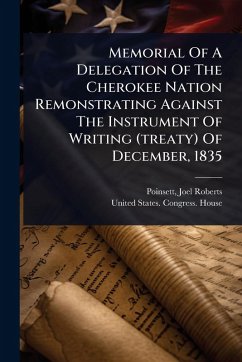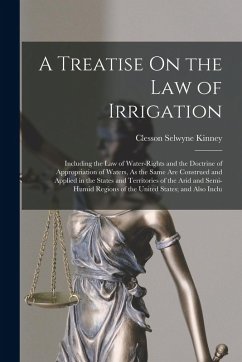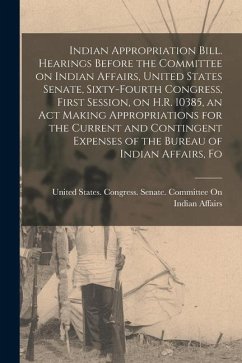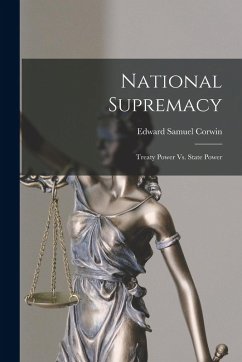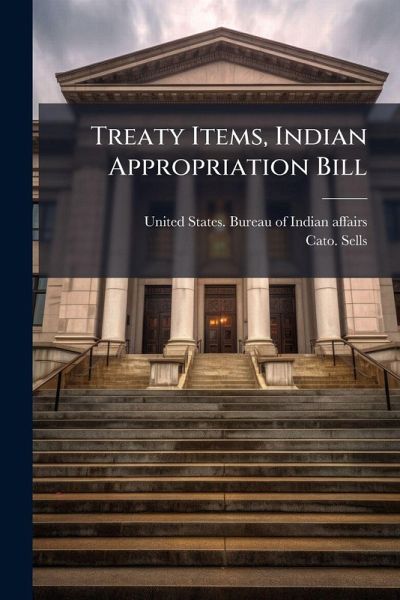
Treaty Items, Indian Appropriation Bill
Versandkostenfrei!
Versandfertig in über 4 Wochen
14,99 €
inkl. MwSt.

PAYBACK Punkte
7 °P sammeln!
This document details items related to treaties and the Indian Appropriation Bill, likely from 1914. Focusing on the activities of the United States Bureau of Indian Affairs and the work of Cato Sells, it provides insights into the management and funding of Native American affairs during this period. A valuable resource for researchers examining US government policy, legal frameworks related to Native American treaties, and the historical context of appropriations for Indian affairs. It offers a snapshot of the administrative and financial considerations shaping the relationship between the Un...
This document details items related to treaties and the Indian Appropriation Bill, likely from 1914. Focusing on the activities of the United States Bureau of Indian Affairs and the work of Cato Sells, it provides insights into the management and funding of Native American affairs during this period. A valuable resource for researchers examining US government policy, legal frameworks related to Native American treaties, and the historical context of appropriations for Indian affairs. It offers a snapshot of the administrative and financial considerations shaping the relationship between the United States government and Native American tribes in the early 20th century. This work has been selected by scholars as being culturally important, and is part of the knowledge base of civilization as we know it. This work was reproduced from the original artifact, and remains as true to the original work as possible. Therefore, you will see the original copyright references, library stamps (as most of these works have been housed in our most important libraries around the world), and other notations in the work. This work is in the public domain in the United States of America, and possibly other nations. Within the United States, you may freely copy and distribute this work, as no entity (individual or corporate) has a copyright on the body of the work. As a reproduction of a historical artifact, this work may contain missing or blurred pages, poor pictures, errant marks, etc. Scholars believe, and we concur, that this work is important enough to be preserved, reproduced, and made generally available to the public. We appreciate your support of the preservation process, and thank you for being an important part of keeping this knowledge alive and relevant.






